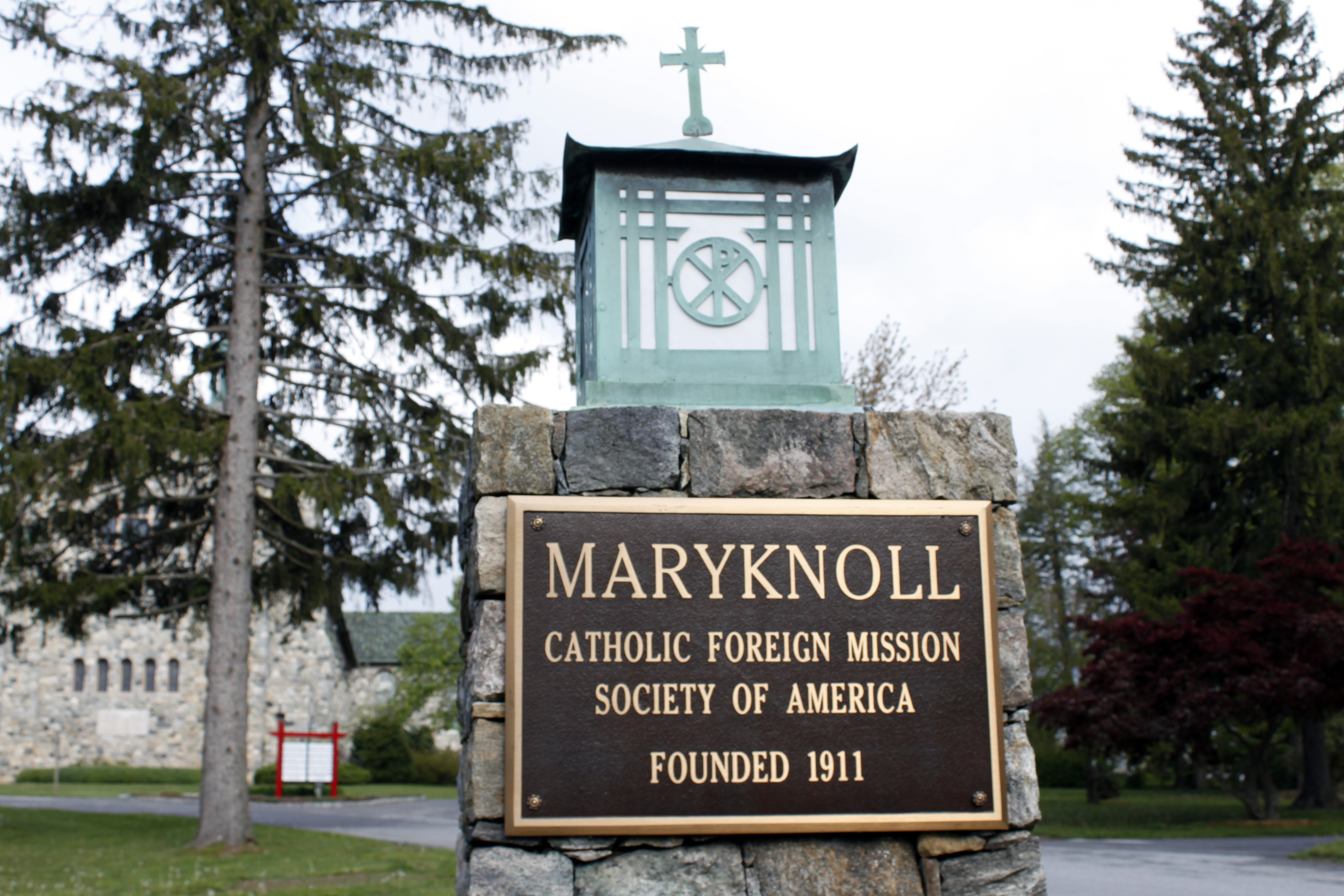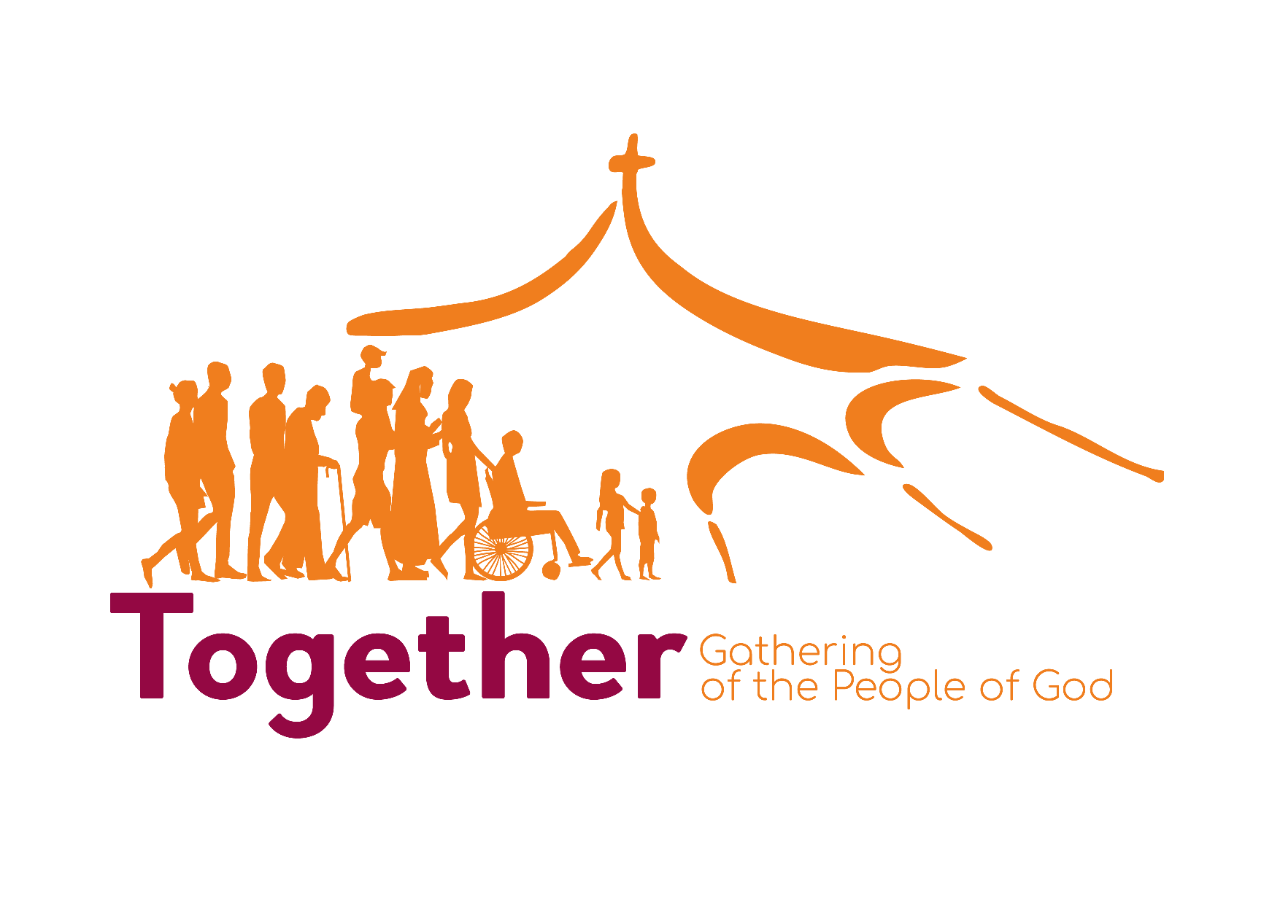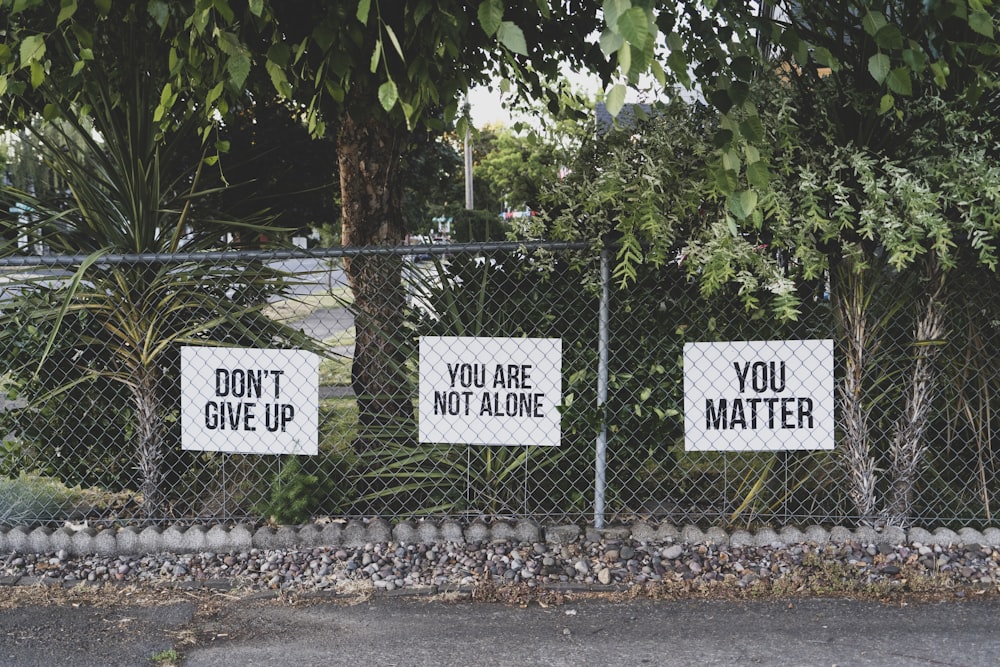
The Maryknoll Society in Korea celebrated its 100th anniversary of entry into Korea on May 10, 2023. Both Catholic papers had articles about the celebration and what follows is a translation of an article on the celebration taken from the Catholic Times.
The Maryknoll Foreign Mission Society was founded in the United States for the purpose of missionary work in Asia. The article looked into the activities of the Maryknoll Society, which greatly contributed to the rapid growth of the Korean church.
Successful missionary work in North Korea was based on the renewal of the laity. The Korean missionary work of the Maryknoll Society began in Pyeongyang Province where the church was poor, 5 priests were taking care of 5 parishes, and about 50 mission stations were attached to the parishes at the time.
In 1922, the Maryknoll Society was entrusted with the missionary authority in the Pyeongyang region from the Sacred Congregation for the Propagation of the Faith (now Congregation for the Evangelization of Peoples) and began to build a foundation for the church in the province. Since 1923, the Maryknoll Society has sent priests and nuns as missionaries, including Father Patrick Byrne, who was in charge of preparing the Pyeongyang area. In 1927, after 4 years of working hard to develop the church it grew so the whole area was designated as the Pyeongyang Apostolic Prefecture.
The expansion of the church was driven by the missionary spirit of the Maryknoll Society, which emphasized the participation of the laity even with the rise of Japanese imperialism and communism.
The Maryknoll Society's missionary efforts were frustrated by the escalation of World War II. In 1942, all American missionaries from Korea under Japanese colonial rule were forcibly repatriated to the United States because the United States was considered an enemy. Through the efforts of the Maryknoll Society, the growth of the Pyeongyang area which had 51 missionaries, 21 parishes, and 26,424 believers, was put on hold.
After Japan was defeated in the war, three priests from the Maryknoll Society entered Korea in 1946 and stayed at Myeongdong Cathedral in Seoul to prepare for a return to the North. Although the door to North Korean missions was closed, the Maryknoll Society embarked on a new missionary journey in South Korea beginning the Diocese of Cheongju and Incheon and laying a solid foundation for growth in the Korean Church.
In 1953, the late Bishop Noh Ki-nam (Paul), then Archbishop of Seoul, entrusted the Maryknoll Society with pastoral care in the North Chungcheong area. In 1958, the apostolic prefecture in Chungcheongbuk-do became the Apostolic Vicariate of Cheongju, and Father James Pardy of the Maryknoll Society was ordained as a bishop, laying the foundation for the diocese as the first vicar.
The Maryknoll Society built churches among the poor and peasants in the war-torn North Chungcheong Province in the underdeveloped mountain villages. Parishes, outposts of the gospel, were prepared in places with potential for development in various parts of Chungcheongbuk-do. Clinics were opened in the Jeungpyeong, Okcheon, and Boeun areas to provide medical support to farmers, and with the support of the Catholic Relief Association under the Catholic Bishops' Conference of the United States, started to relieve the poor in Chungcheongbuk-do.
The Maryknoll Society set up credit cooperatives in parishes to provide a stepping stone for the poor to start small businesses by obtaining loans. It also provided opportunities for economic self-sufficiency by carrying out a campaign to increase rural income by raising Korean cattle and raising pigs for farmers.
As the churches in North Chungcheong Province were revitalized through the efforts of the Maryknoll Society in 1958 Bishop Roh entrusted the pastoral care of the Incheon area to the Maryknoll Society. In 1961, the Vatican elevated the apostolic prefecture of Incheon to an Apostolic Vicariate and ordained Fr. William John McNaughton as a bishop and appointed him as the first vicar.
Farmland reclaimed from tidal flats was distributed to about 300 refugee households who settled on Ganghwa Island, and the hungry were fed with relief food provided by the Catholic Relief Association. They also provided medical benefits to residents by setting up the “Christ the King Clinic” in the Ganghwa Island area. They organized the Catholic Labor Youth Association (JOC) to protect the rights and interests of impoverished workers.
Thanks to these efforts of the Maryknoll Society, the diocese of Cheongju has grown into one of the rural dioceses in Korea with the highest ratio of believers, with a ratio of believers to residents of 11.6% as of 2022 and about 200 priests in 82 parishes. The Diocese of Incheon has grown to become the third-largest diocese in Korea with over 520,000 believers.
The Maryknoll Society considered the self-reliance of the Korean church to be the essence of missions, so it continuously trained religious leaders. The Maryknoll Society established the Congregation of Our Lady of Perpetual Help, the first indigenous congregation in Korea, in Pyongyang, and focused on accepting Korean vocations. As a partner of the Korean church, it nurtured the vocation to the priesthood and religious life. The Religious Congregation of Our Lady of Perpetual Help is today one of the largest religious groups in the country.
After the Second Vatican Council, the Maryknoll Society pursued a special pastoral ministry into poor social situations according to the reform of the universal church. In the 1980s, the Maryknoll Society, together with the Maryknoll Sisters, started a basic community activity in Seongnam, Gyeonggi-do where workers and the poor were together. In 1987, Seoul Express Bus Terminal Parish, and Garak Market were areas in which they began pastoral work. It was a move that showed that the Korean church should move forward in special pastoral areas where ordinary pastors would have difficulty entering.
During the 100 years of its entry into Korea, the Maryknoll Society laid the foundation for church growth in the Pyeonyang Province, based on the renewal of the laity, served the poor, helped the Korean church become self-reliant with a socially engaged attitude, and greatly increased the numbers of Christians. Based on the results of pastoral and missionary work in Korea, the Maryknoll Society is preparing to move beyond Korea to missionary work in Asia.
Father Gerard E. Hammond, who has been in Korea as a missionary for more than 60 years, spent the past years reaping the fruit of evangelization in the south and said: “I hope that the Maryknoll Society's mission to the North, which was frustrated by the division of the country, will be resumed through national reconciliation. All the missionaries who have been with Korea throughout their lives did not forget their dream of returning to Pyongyang, their first missionary field.”
The Maryknoll Society will be hoping that in the next 100 years they will be planting the seeds of the gospel throughout China and Asia and returning to North Korea.





